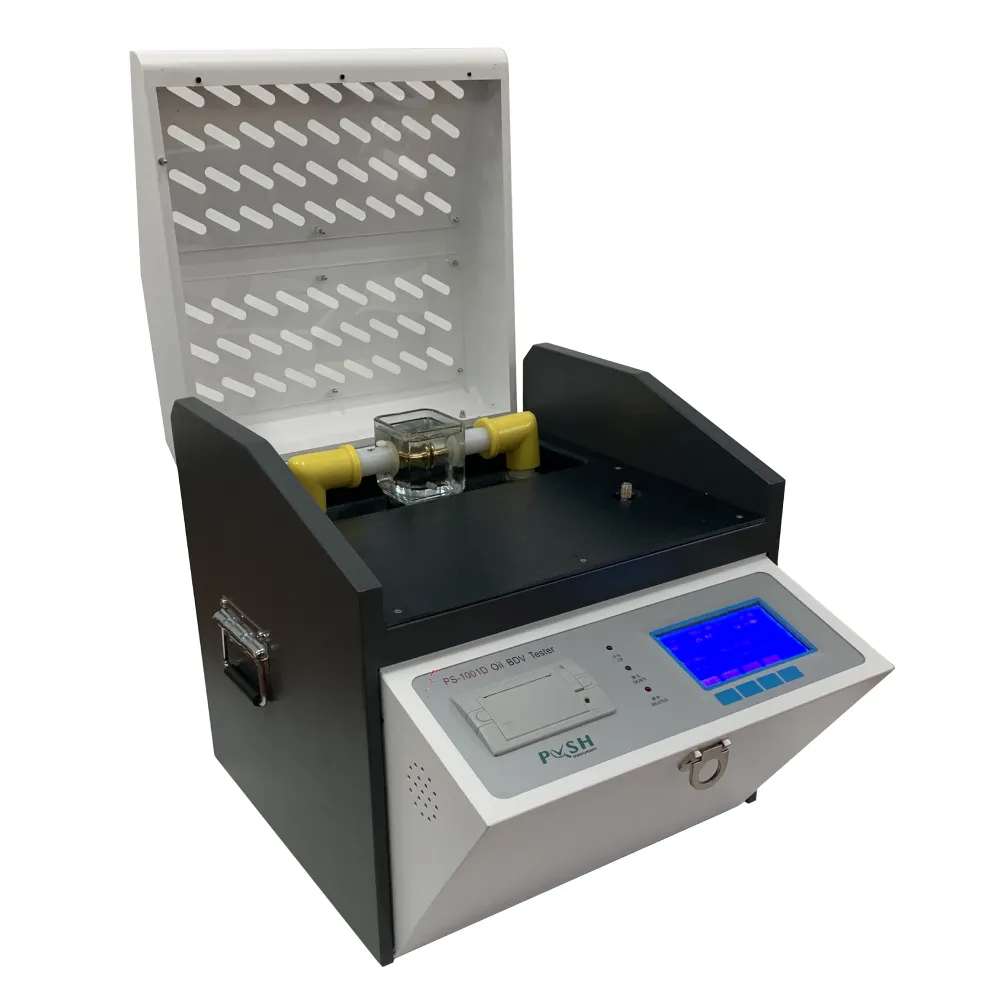 English
English



-
 Afrikaans
Afrikaans -
 Albanian
Albanian -
 Amharic
Amharic -
 Arabic
Arabic -
 Armenian
Armenian -
 Azerbaijani
Azerbaijani -
 Basque
Basque -
 Belarusian
Belarusian -
 Bengali
Bengali -
 Bosnian
Bosnian -
 Bulgarian
Bulgarian -
 Catalan
Catalan -
 Cebuano
Cebuano -
 China
China -
 China (Taiwan)
China (Taiwan) -
 Corsican
Corsican -
 Croatian
Croatian -
 Czech
Czech -
 Danish
Danish -
 Dutch
Dutch -
 English
English -
 Esperanto
Esperanto -
 Estonian
Estonian -
 Finnish
Finnish -
 French
French -
 Frisian
Frisian -
 Galician
Galician -
 Georgian
Georgian -
 German
German -
 Greek
Greek -
 Gujarati
Gujarati -
 Haitian Creole
Haitian Creole -
 hausa
hausa -
 hawaiian
hawaiian -
 Hebrew
Hebrew -
 Hindi
Hindi -
 Miao
Miao -
 Hungarian
Hungarian -
 Icelandic
Icelandic -
 igbo
igbo -
 Indonesian
Indonesian -
 irish
irish -
 Italian
Italian -
 Japanese
Japanese -
 Javanese
Javanese -
 Kannada
Kannada -
 kazakh
kazakh -
 Khmer
Khmer -
 Rwandese
Rwandese -
 Korean
Korean -
 Kurdish
Kurdish -
 Kyrgyz
Kyrgyz -
 Lao
Lao -
 Latin
Latin -
 Latvian
Latvian -
 Lithuanian
Lithuanian -
 Luxembourgish
Luxembourgish -
 Macedonian
Macedonian -
 Malgashi
Malgashi -
 Malay
Malay -
 Malayalam
Malayalam -
 Maltese
Maltese -
 Maori
Maori -
 Marathi
Marathi -
 Mongolian
Mongolian -
 Myanmar
Myanmar -
 Nepali
Nepali -
 Norwegian
Norwegian -
 Norwegian
Norwegian -
 Occitan
Occitan -
 Pashto
Pashto -
 Persian
Persian -
 Polish
Polish -
 Portuguese
Portuguese -
 Punjabi
Punjabi -
 Romanian
Romanian -
 Russian
Russian -
 Samoan
Samoan -
 Scottish Gaelic
Scottish Gaelic -
 Serbian
Serbian -
 Sesotho
Sesotho -
 Shona
Shona -
 Sindhi
Sindhi -
 Sinhala
Sinhala -
 Slovak
Slovak -
 Slovenian
Slovenian -
 Somali
Somali -
 Spanish
Spanish -
 Sundanese
Sundanese -
 Swahili
Swahili -
 Swedish
Swedish -
 Tagalog
Tagalog -
 Tajik
Tajik -
 Tamil
Tamil -
 Tatar
Tatar -
 Telugu
Telugu -
 Thai
Thai -
 Turkish
Turkish -
 Turkmen
Turkmen -
 Ukrainian
Ukrainian -
 Urdu
Urdu -
 Uighur
Uighur -
 Uzbek
Uzbek -
 Vietnamese
Vietnamese -
 Welsh
Welsh -
 Bantu
Bantu -
 Yiddish
Yiddish -
 Yoruba
Yoruba -
 Zulu
Zulu
Understanding the Earth Fault Impedance Testing Method for Electrical Systems
Understanding Earth Fault Impedance Testing
Earth fault impedance testing is a critical safety procedure in electrical systems that helps prevent potential hazards resulting from faults. The primary goal of this test is to evaluate the performance of the grounding system in ensuring that fault currents are safely and effectively dissipated into the earth. As electrical installations become more complex, the need for robust testing methodologies increases, ensuring not only the safety of the equipment but also the safety of personnel.
Importance of Earth Fault Impedance
Grounding systems serve various purposes, including limiting the voltage during faults, protecting equipment, and ensuring personnel safety. When a fault occurs, such as a short circuit or insulation failure, it is crucial that the fault current flows through a low impedance path to the ground. If the impedance is too high, the fault current may not effectively reach the ground, resulting in dangerous voltage levels that can lead to electric shocks or equipment damage.
The earth fault impedance test measures the impedance offered by the grounding electrode (or system) and helps in assessing the effectiveness of the grounding system
. High impedance values can indicate poor grounding, necessitating corrective actions to mitigate potential risks.Testing Procedures
The earth fault impedance test involves several critical steps. First, a test instrument capable of injecting a known current into the grounding system is connected. This current flows through the grounding electrode system and returns to the test instrument. The instrument then measures the voltage drop across the grounding electrodes, allowing for the calculation of the impedance using Ohm's law (Z = V/I, where Z is impedance, V is voltage, and I is current).
earth fault impedance test

Testing usually requires the disconnection of the grounding system from other potential paths to ensure accurate measurements. Depending on regulatory or project standards, tests can vary, but they typically include a range of frequencies. It is vital to conduct tests during varying environmental conditions, as soil resistivity can impact impedance readings.
Analyzing Results
After the test, the impedance values obtained must be analyzed in the context of industry standards and regulations. Acceptable impedance levels can vary based on the type of installation and system voltage. Generally, lower values indicate a more effective grounding system; however, specific thresholds must be adhered to, as indicated by national and international standards (such as IEEE, IEC, or local electrical codes).
If the results show that the earth fault impedance exceeds acceptable limits, corrective actions must be taken. These could include improving the electrode system by adding additional ground rods, enhancing the conductivity of the soil around the electrode, or replacing damaged components. Regular testing and maintenance of the grounding system are essential to ensure it continues to operate effectively under changing conditions.
Conclusion
Earth fault impedance testing is a fundamental practice for ensuring the safety and reliability of electrical installations. As technologies evolve, the significance of robust grounding systems becomes even more apparent in safeguarding both equipment and people. By understanding the principles behind earth fault impedance and adhering to standardized testing practices, electrical professionals can effectively mitigate risks associated with electrical faults, ultimately contributing to safer working environments and more resilient electrical systems. Regular testing not only enhances safety but also extends the lifespan of electrical infrastructure, making it a worthwhile investment for organizations focused on operational continuity and safety.
-
Testing Equipment Industry Sees Major Advancements in 2025: Smart & Precision Technologies Lead the WayNewsJun.06,2025
-
Applications of Direct Current Generators in Renewable Energy SystemsNewsJun.05,2025
-
Hipot Tester Calibration and Accuracy GuidelinesNewsJun.05,2025
-
Digital Circuit Breaker Analyzer Features and BenefitsNewsJun.05,2025
-
Benefits of Real-Time Power Quality Monitoring Devices for Industrial EfficiencyNewsJun.05,2025
-
Earth Fault Loop Testing in High-Rise Building Electrical SystemsNewsJun.05,2025



